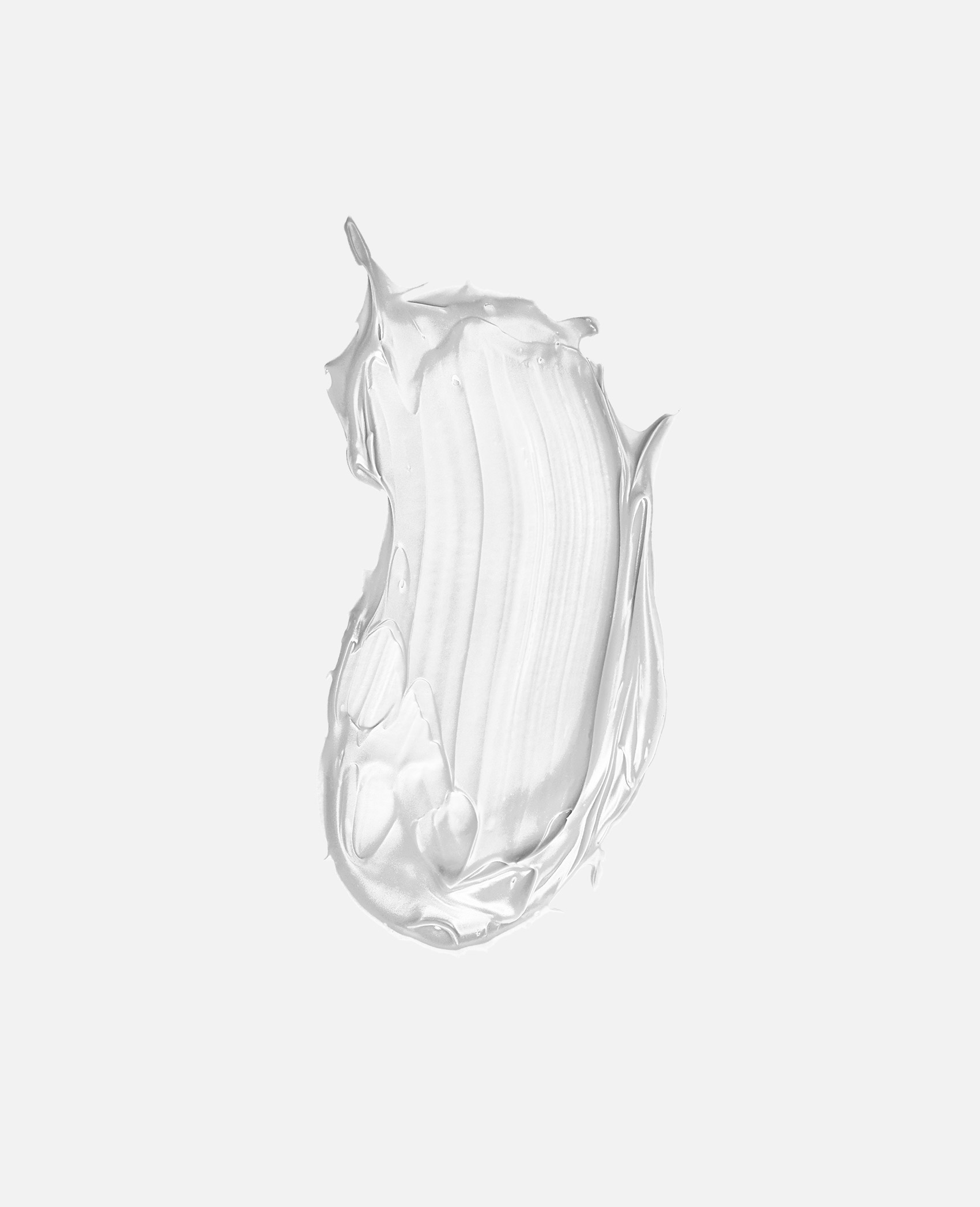The Power of Conscious Breathing

Breathwork is more than simply breathing in and out. It is a conscious practice where the breath is intentionally used to bring body and mind into harmony.
This ancient method has been used across diverse cultures for centuries to release blockages, activate energy, and establish a deeper connection with oneself and the universe.
Example Techniques
There is a wide variety of techniques that vary depending on the objective. A few examples:
1. Holotropic Breathwork
Holotropic Breathwork is an intensive breathing technique developed to provide access to expanded states of consciousness, similar to DMT experiences. Through a combination of deep, rhythmic breathing and supportive music, deep-seated emotional blockages can be released, spiritual insights gained, and the subconscious explored – all without the use of substances.
2. Pranayama
Pranayama is an acient breathing technique from the yogic tradition that uses the conscious guidance of breath to harmonize life energy (Prana). Through various practices such as Nadi Shodhana (alternate nostril breathing) or Kapalabhati (skull-shining breath), the mind and body can be calmed, concentration enhanced, and inner balance promoted.
3. Wim-Hof-Method
The Wim Hof Method combines intensive breathing exercises with cold exposure to strengthen physical resilience and the immune system. It promotes the body’s oxygen supply, increases energy, and helps to effectively reduce stress and anxiety.
4. Rebirthing
Rebirthing Breathwork utilizes conscious connected breathing to uncover and release subconscious traumas or repressed memories. This gentle yet powerful technique supports emotional healing and promotes a sense of lightness and inner peace.
5. Box Breathing
Box Breathing is a simple, structured breathing technique where a consistent rhythm is maintained (e.g., 4 seconds inhale, hold, exhale, hold). This method promotes relaxation, focus, and mental clarity, and is often used for stress management.
Preparation and Ritual Use
Creation of a Sacred Space
It is important to create a quiet and protected space, free from external distractions. Set a clear intention, such as clarity, healing, or renewed energy, and prepare physically by wearing comfortable clothing and assuming a relaxed seated or lying position. Supportive elements like gentle music, incense, or essential oils can deepen the experience. During the ritual, you may begin with a short meditation to calm the mind and focus on the breath. Perform the breathing technique in a conscious rhythm, increasing the intensity as appropriate for the method.
Benefits and Effects
Breathwork offers numerous benefits for the body, mind, and soul. It can strengthen the immune system, improve oxygen uptake, and reduce stress. Emotionally, it helps release blockages, process trauma, and cultivate inner peace, while mentally it reduces anxiety and enhances focus and creativity. Spiritually, breathwork provides access to expanded states of consciousness, activates chakras, and fosters a sense of unity with the universe.
Integration and Follow-Up
Integration is an essential part of the breathwork practice. After the session, drink water to support the body and avoid transitioning directly into hectic activities. Write down your thoughts, emotions, or visions in a journal to better anchor the experiences. This allows you to sustainably integrate the insights into your daily life and fully harness the potential of breathwork.








